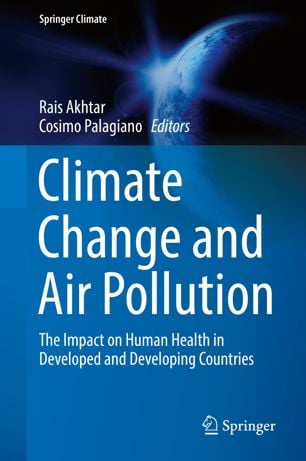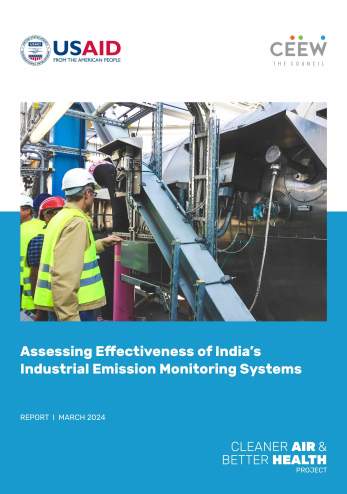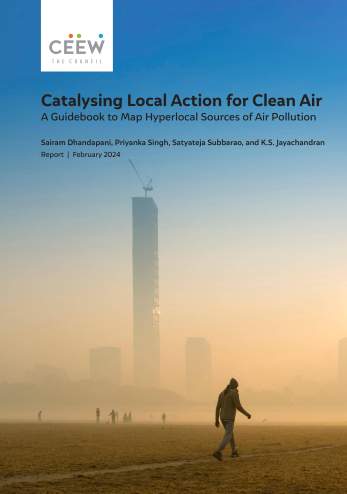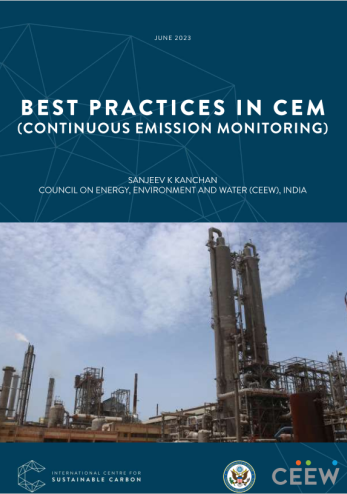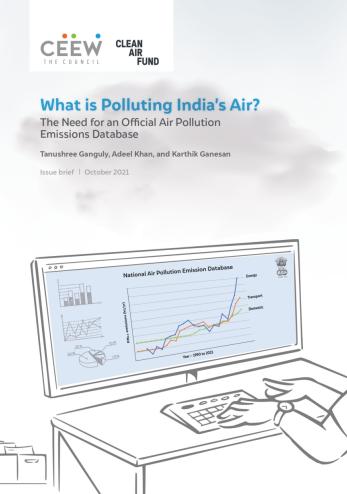Book Chapter
Climate Change, Air Pollution and Human Health in Delhi, India
Hem H. Dholakia, Amit Garg
January 2018 | Clean Air, Climate Resilience
Dholakia, H.H., and A Garg. 2018. “Climate Change, Human Health and Air Pollution in Delhi, India” In Climate Change and Air Pollution, Akhtar & Palagiano (Eds). Springer Climate. Springer, Cham.
Overview
This chapter argues that policies for greenhouse gases and pollution mitigation need to be aligned better to ensure that health co-benefits are accrued for Delhi. It provides estimates of greenhouse gas and pollutant emissions along with heat-related mortality for the city.
Today, Delhi finds itself among the world’s most polluted cities. Mitigating air pollution as well as greenhouse gases in Delhi without adversely impacting development remains a crucial goal.
Key Findings
- Factors that have caused the steady rise in pollution levels of Delhi are urbanisation, population growth, rising income, increase in vehicle ownership, growing energy demand and proximity to industrial hubs.
- Twenty-five per cent rural and 10 percent urban houses in Delhi lack access to clean cooking energy. Most of these households use solid fuels such as dung, wood, crop residue etc.
- Air pollution may increase risk of underlying diseases, leading to frailty and higher risk of short-term deaths in frail individuals.
- The highest relative health benefits of pollution reduction accrued to lower-income groups, followed by middle to higher income groups.
- Malnutrition and diarrhoea due to food and water system degradation and an increased incidence of vector-borne diseases are some examples of indirect effects of climate change on human health.
Key Recommendations
- Follow stringent pollution control measures across different sectors as they can play an instrumental role in meeting National Ambient Air Quality Standards
- Articulate a clear goal for air pollution control. Delhi should reach India’s National Ambient Air Quality Standards in five years. This will help determine the portfolio of policies (across transport, energy, waste, and transboundary issues) required to meet this goal.
- Enhance the capacity of Central and State Pollution Control Boards as both these institutions have a critical role in providing scientific inputs to policymakers.
- Leverage technology for innovative solutions. There are opportunities for innovative business models through which farmers can secure revenue from waste-to-energy-projects or provide pollution control technologies to industrial clusters of small and medium enterprises.
The highest relative health benefits of pollution reduction accrued to lower-income groups, followed by middle to higher income groups.




